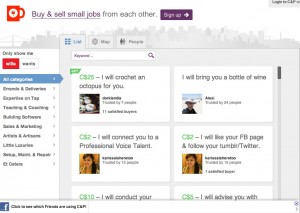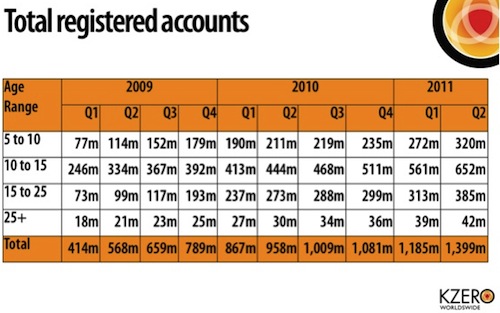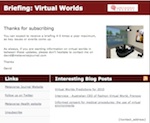For those who write for online publications, the issue of payment and financial viability of online publications is one that’s not going to go away in a hurry. One Australian journalist has developed a great idea to potentially solve the issue, and both publishers and writers bear the fruit.
Here’s the overview:
As both a publisher and freelance writer for a range of print and online publications, this model makes huge sense to me. As a reader, it also finds a nice balance between a desire to pay for content and being able to afford to pay for it. The option to receive payments for republishing content is probably the most interesting part of the whole model and would solve another longstanding issue.
The team at Nanotransactions are looking for funding, so go have a look in more detail at what they’re offering.
What’s your take?
.







Recent Comments